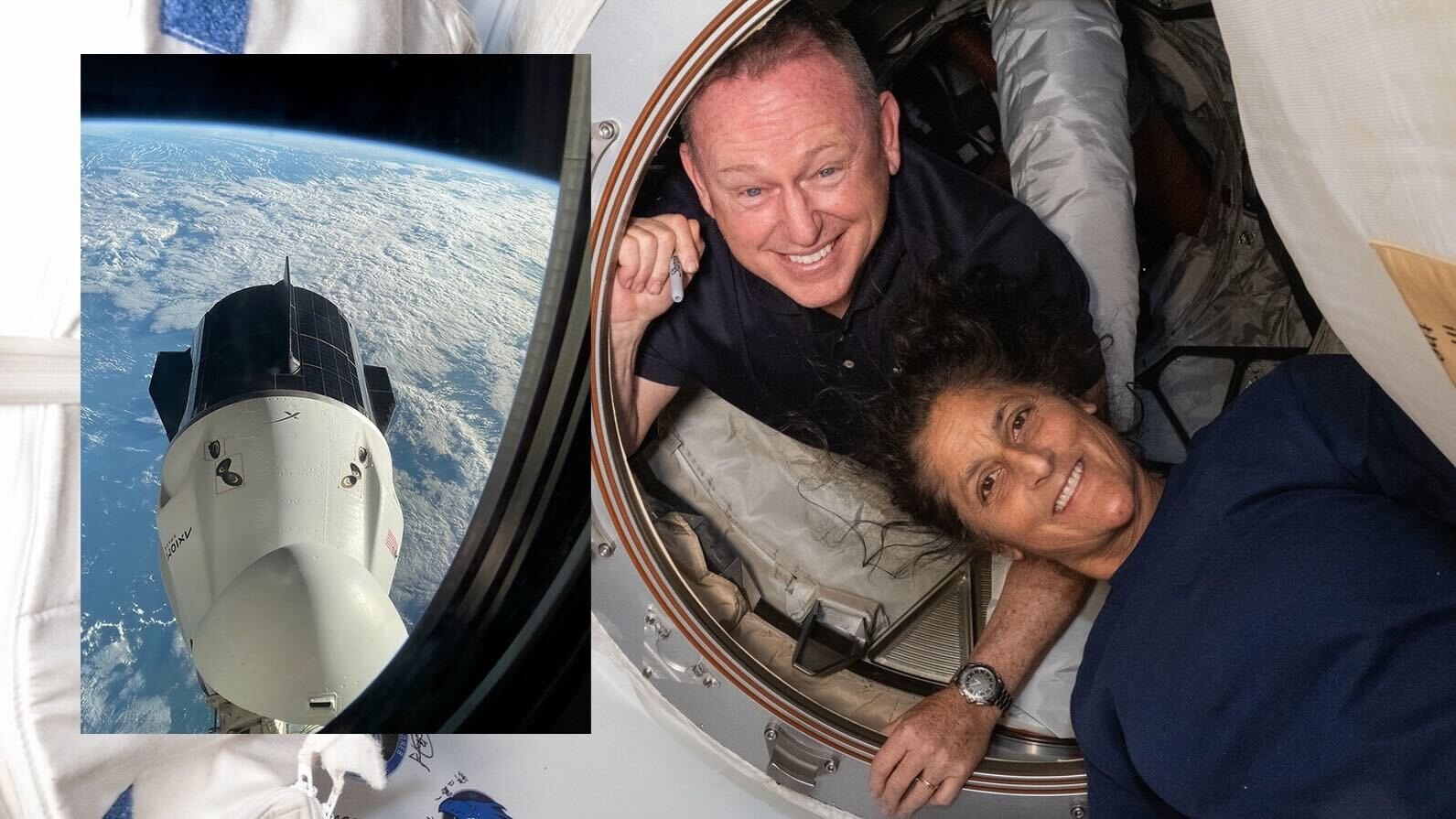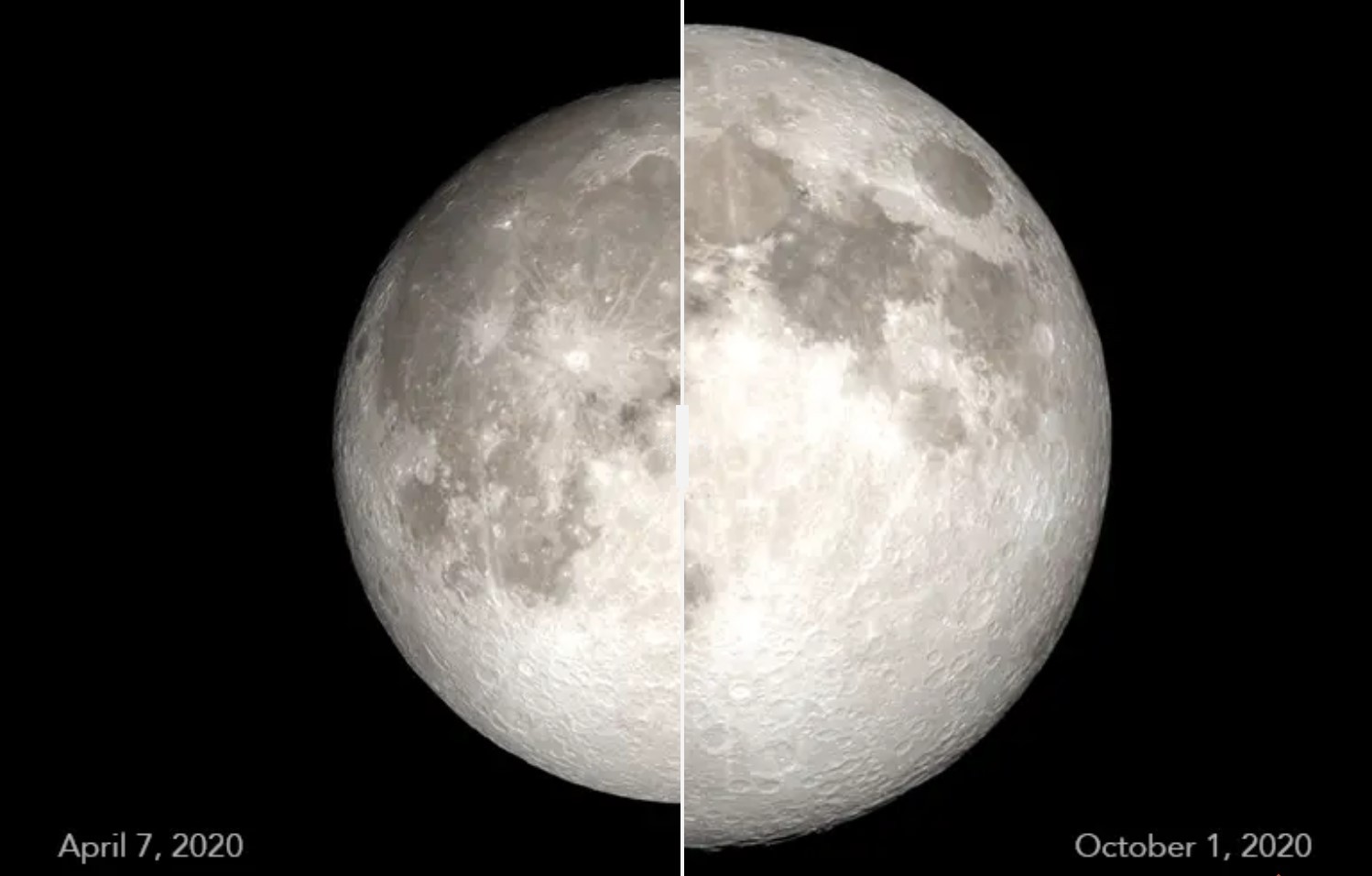Boeing Starliner astronauts will return to Earth in March 2025 after new NASA, SpaceX delay
That's one month later than previously planned.

The astronaut duo who flew the first-ever crewed mission of Boeing's Starliner capsule will have to wait a little longer to rejoin us on Earth.
The next crew rotation mission to the International Space Station (ISS), SpaceX's Crew-10, has been delayed to no earlier than late March 2025, NASA announced on Tuesday (Dec. 17).
Crew-10 was originally slated to fly in February, but it has been pushed back to allow time for SpaceX to complete work on a brand-new Crew Dragon spacecraft for the mission, NASA said in a statement on Tuesday.
The delay means at least an extra month aboard the ISS for the astronauts of SpaceX's Crew-9 flight, who won't depart the orbital laboratory until after Crew-10's arrival.
Crew-9's manifest includes NASA's Butch Wilmore and Suni Williams, who launched to the ISS on Starliner in early June and were integrated into the SpaceX mission when Starliner was forced to return to Earth without the astronauts aboard, due to vehicle complications and safety concerns.
The new delay will bring Wilmore and Williams' time in space to around nine months in total — far longer than the 10 days or so their mission was originally expected to last.
Though unexpectedly long, nine months is not terribly outlandish; other NASA astronauts have stayed on the ISS for far longer. The space agency's year-long "twin study" kept Scott Kelly aboard the ISS for 340 days in 2015 and 2016, for example. And, more recently, Frank Rubio became the first American to spend more than 365 straight days in space, after he and two Russian crewmates were forced to prolong their ISS mission when their Soyuz spacecraft sprang a leak.
Get the Space.com Newsletter
Breaking space news, the latest updates on rocket launches, skywatching events and more!
Crew-9, which employs the Crew Dragon capsule Freedom, launched to the space station in September atop a Falcon 9 rocket. Freedom carried only two of the four astronauts originally slated for the mission — NASA's Nick Hague and cosmonaut Aleksandr Gorbunov. NASA astronauts Zena Cardman and Stephanie Wilson were cut from the mission to free their seats aboard Freedom for Wilmore and Williams' later return.
Freedom is one of four Crew Dragons currently in SpaceX's fleet. Two of the others, Endeavour and Endurance, remain in rotation for use in NASA's Commercial Crew Program and private astronaut flights, such as the Axiom Space missions. The fourth, Resilience, flew SpaceX's Crew-1 mission and has since been used for the private spaceflight pursuits of billionaire entrepreneur and philanthropist Jared Isaacman, recently tapped by President-elect Donald Trump to become the next NASA administrator.
Adding a fifth Crew Dragon to its fleet will allow SpaceX more versatility in its commercial offerings and NASA some extra flexibility in its mission manifests as well. For instance, had a fifth Dragon been available to launch without disruption to the Crew-9 and Crew-10 missions, it's possible NASA could have utilized such a vehicle to bring Starliner's Wilmore and Williams home at an earlier date.
“We appreciate the hard work by the SpaceX team to expand the Dragon fleet in support of our missions and the flexibility of the station program and expedition crews as we work together to complete the new capsule’s readiness for flight,” Steve Stich, manager of NASA’s Commercial Crew Program, said in Tuesday's statement.
The new Crew Dragon is expected to arrive at SpaceX's processing facility at NASa's Kennedy Space Center, on Florida's Space Coast, in early January, where it will undergo final processing and checkouts before its debut launch. “Fabrication, assembly, testing and final integration of a new spacecraft is a painstaking endeavor that requires great attention to detail,” Stich said in the statement.
The members of SpaceX's Crew-10 mission are NASA astronauts Anne McClain and Nichole Ayers, JAXA (Japan Aerospace Exploration Agency) astronaut Takuya Onishi and cosmonaut Kirill Peskov. If everything stays on schedule, their late March Falcon 9 launch to the ISS will put Crew-9 on track for a return to Earth in early April, after a typical crew overlap period, as station control and operational responsibilities are handed off to Crew-10.
Join our Space Forums to keep talking space on the latest missions, night sky and more! And if you have a news tip, correction or comment, let us know at: community@space.com.

Josh Dinner is the Staff Writer for Spaceflight at Space.com. He is a writer and photographer with a passion for science and space exploration, and has been working the space beat since 2016. Josh has covered the evolution of NASA's commercial spaceflight partnerships and crewed missions from the Space Coast, as well as NASA science missions and more. He also enjoys building 1:144-scale model rockets and human-flown spacecraft. Find some of Josh's launch photography on Instagram and his website, and follow him on X, where he mostly posts in haiku.
-
Mike Placentra Why didn’t Williams and Wilmore return on the mission that left two seats open for them? I believe it was the Crew 9 launch? I don’t see an explanation in this story.Reply -
GregB03 From the article:Reply
*
"Crew-10 was originally slated to fly in February, but it has been pushed back to allow time for SpaceX to complete work on a brand-new Crew Dragon spacecraft for the mission, NASA said in a statement on Tuesday.
The delay means at least an extra month aboard the ISS for the astronauts of SpaceX's Crew-9 flight, who won't depart the orbital laboratory until after Crew-10's arrival."
*
NASA likes to have an overlap between the arrival of a new crew and the departure of the prior crew to have an orderly change out of the crews. -
trailrider The two empty seats are for Williams and Wilmore in case an emergency evacuation from the station becomes necessary. As far as the delay produced by certification of the new Crew Dragon is concerned, I'm sure SpaceX wants to be sure it is completely checked out without rushing the process. I wonder if W & W get extra per diem for their extended stay? 🙃Reply









